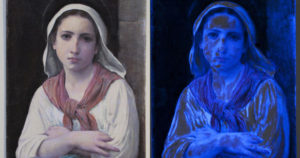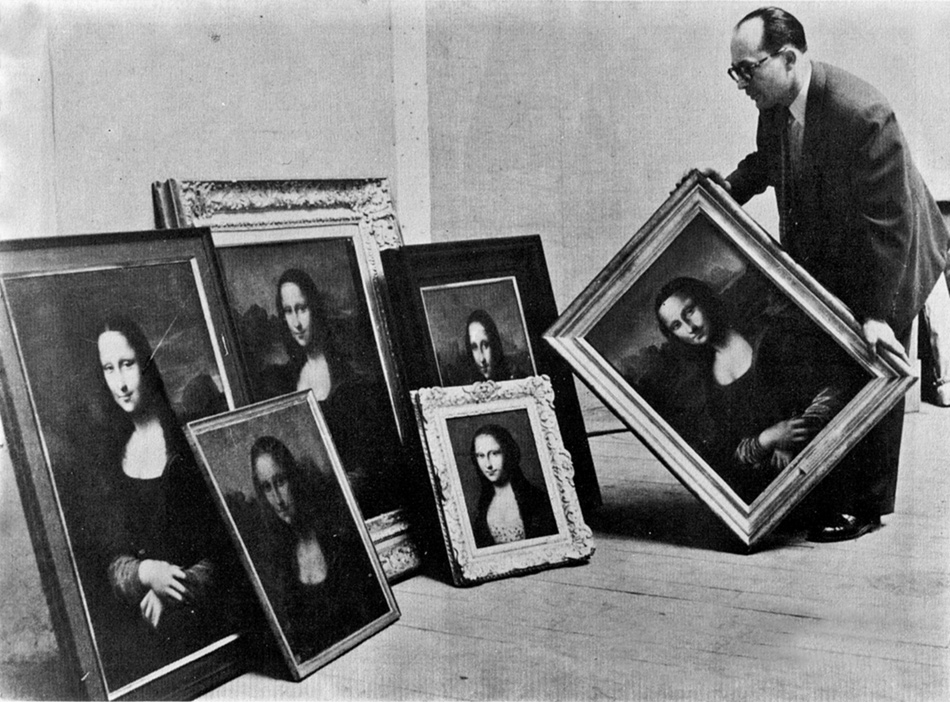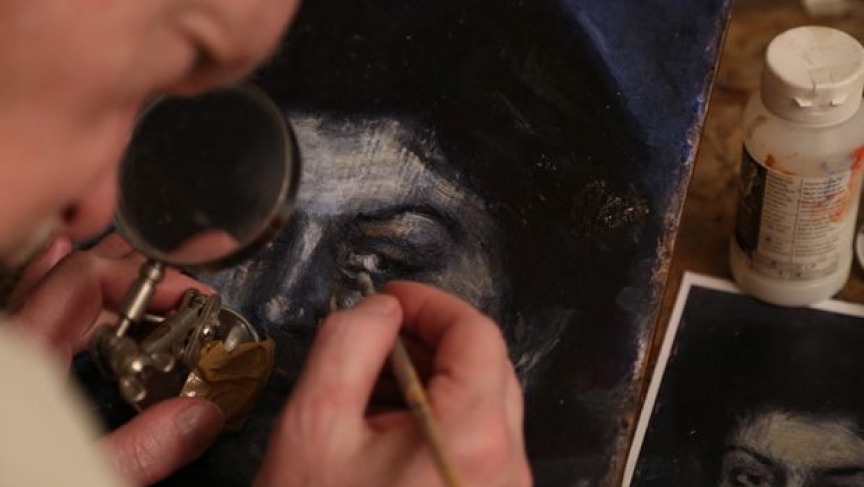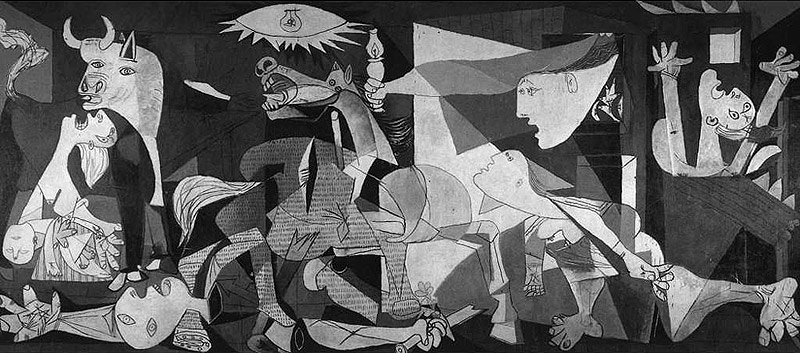
The art world is often perceived as a place of beauty, culture, and sophistication, but behind the scenes lies a dark reality that is rarely discussed. Art crime has been an issue for centuries, and it has only increased with the rise of the global art market. The art market has grown into a multi-billion-dollar industry and it has become a prime target for criminals looking to make a quick profit.
One of the most notorious forms of art crime is forgery. Forgers have been able to dupe even the most experienced art experts and have made millions of dollars from selling fake artworks. The market for forgeries is particularly lucrative because the demand for unique and rare artworks is so high. The problem is compounded by the fact that the art market operates on trust, and it is often difficult to determine the authenticity of an artwork.
Another form of art crime is theft. Art theft is a lucrative business, and it is not uncommon for criminals to steal millions of dollars worth of artwork. Some of the most famous art thefts in history include the theft of the Mona Lisa from the Louvre in 1911 and the theft of two Vincent van Gogh paintings from the Vincent van Gogh Museum in Amsterdam in 2002. Art theft is particularly dangerous because it not only involves the loss of valuable artwork, but it also results in a significant loss of cultural heritage.
The rise of the art market has also created a new type of art crime: art fraud. Art fraud is a type of investment scam where individuals are lured into investing in fake artworks that are presented as genuine. Art fraudsters often use high-pressure sales tactics to convince individuals to invest in these fake artworks, and they often target the elderly and inexperienced investors. Art fraud is particularly insidious because it not only results in the loss of money, but it also erodes trust in the art market.
The issue of art crime is further complicated by the fact that many countries have weak laws to protect cultural heritage. This has created a situation where criminals can easily smuggle artworks across borders and sell them in countries where there are no restrictions on the sale of stolen or counterfeit artworks.
This brings forth the question, what really is art? Given the detail and the level of execution required to pull off thefts from the Louver, the Van Gogh Museum, or to forge an ancient painting, and sell its fraudulent replica undetected to professional art connoisseur. This is an art in itself, the art form of Deception. While on the surface it may seem like a scummy way to make money, it essentially solidifies the beauty of the actual art in itself. If someone is able to successfully accomplish their feat of deception their art becomes just as valuable if not more valuable than the original.
The art world is not as innocent as it seems. Art crime is a serious problem that has been perpetuated by the growth of the global art market. It is a problem that affects not only the art world, but also society as a whole. Art crime erodes trust in the art market and undermines the value of cultural heritage. It is time for the art world to take a stand against art crime and to implement stronger measures to protect our cultural heritage.







Hey Ivan,
I agree with a lot of what you said about the issues with art crime and how it erodes trust in the art market and undermines the value of cultural heritage. However, I think that rather than these art crimes arising because of the expansion of the art market and trust, I believe these crimes are coming more into play because of how exclusive the art world is and the value the art market puts on “authenticity” and price. The art market is particularly strange from those outside of its realm in that it focuses on the importance of one particular object. There can only be one Starry Night, which is why it’s so valuable, given that nothing can be replicated to replace the object’s history and authenticity. Because of how one-of-a-kind these objects are, it makes these items rarer and more valuable. And what’s maintaining these items as something “valuable” is their price and worth.
On top of that, the art world’s focus on authenticity makes the artworks even more exclusive, as there can only be one “real” version of the painting/object. That’s why the art market highly prizes the originality of the work and why so many people try to replicate/emulate that authenticity through fraud and scams. It’s the reason why we see so many crimes happening in the art world, and it’s also the reason why the art world itself is a breeding ground/opportunity for crime to happen not just to the objects and institutions themselves but also to the other artists and workers involved in the industry.